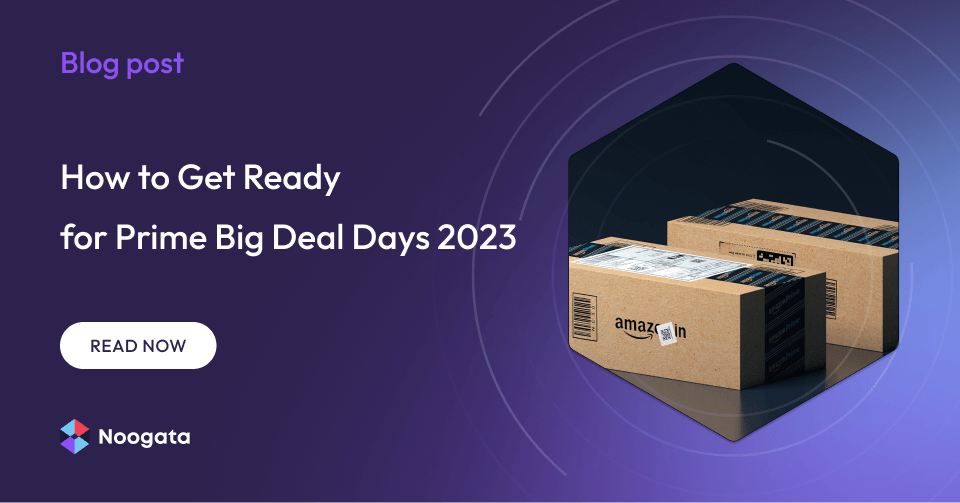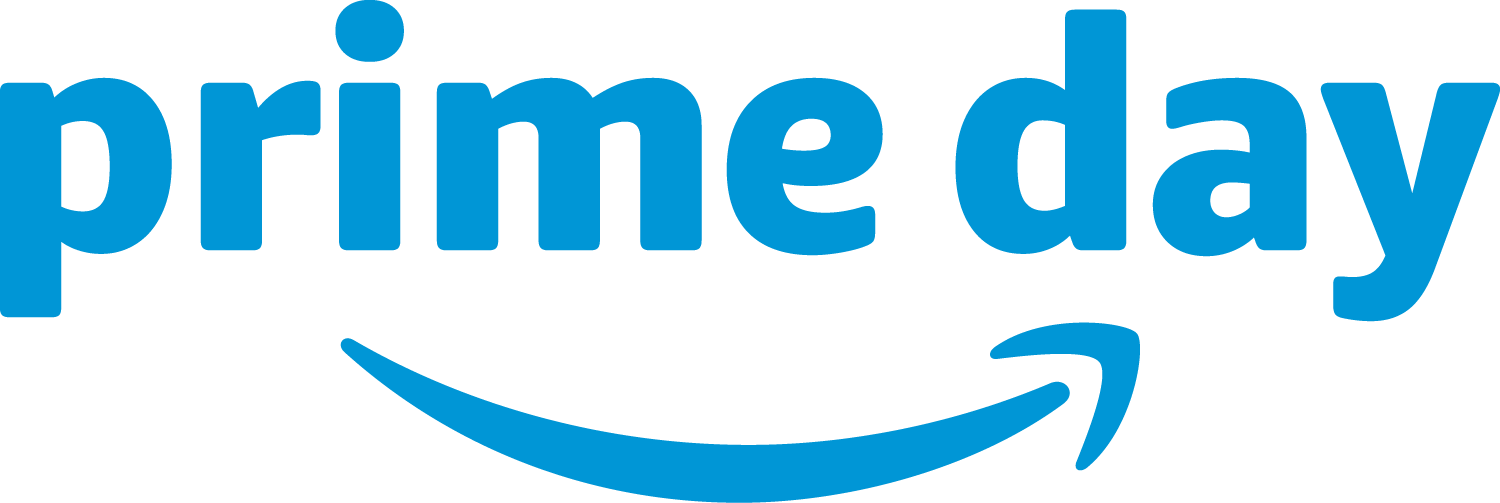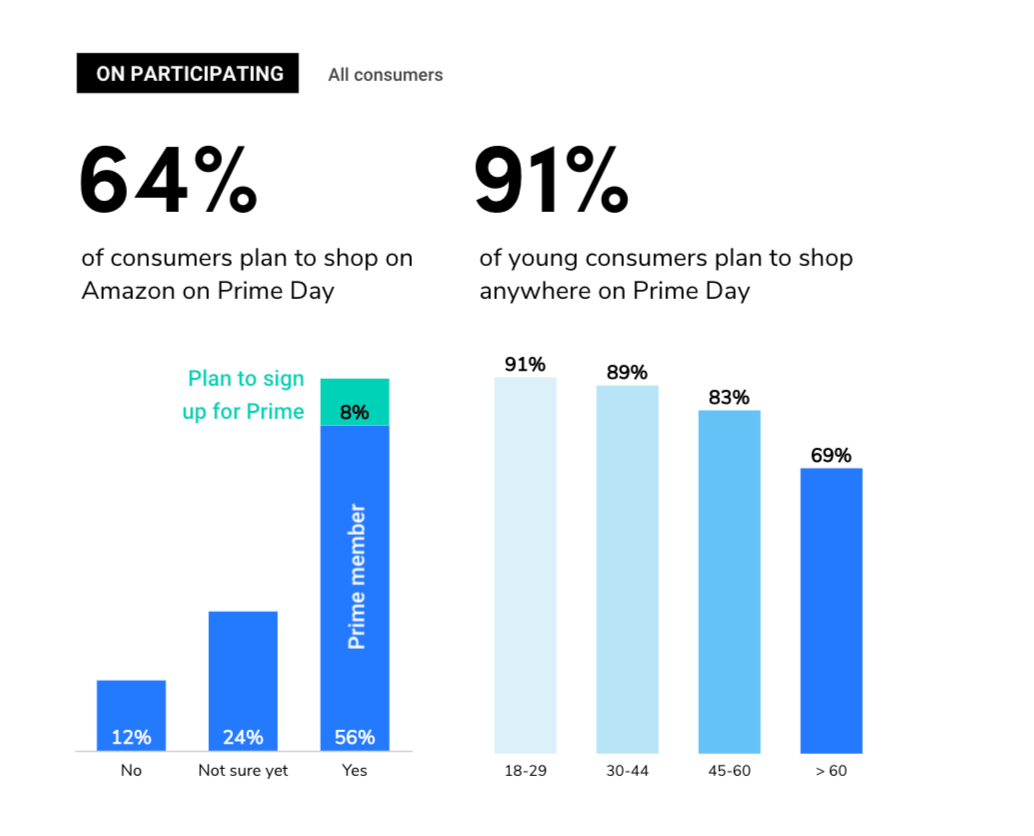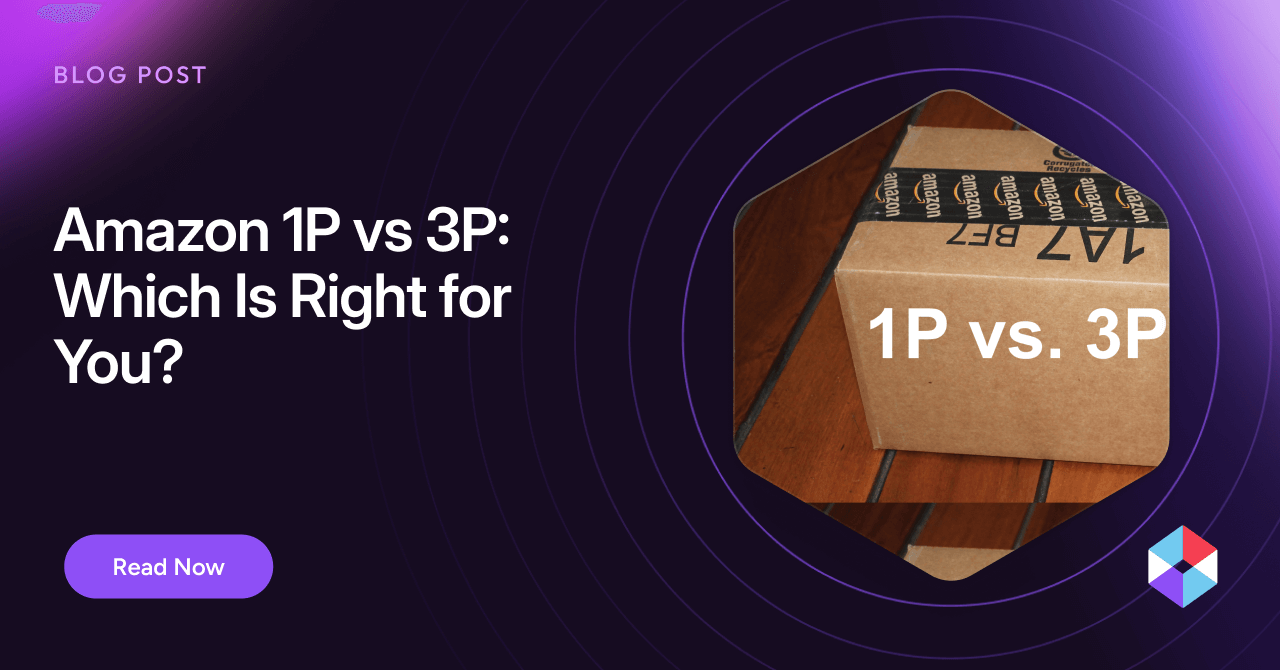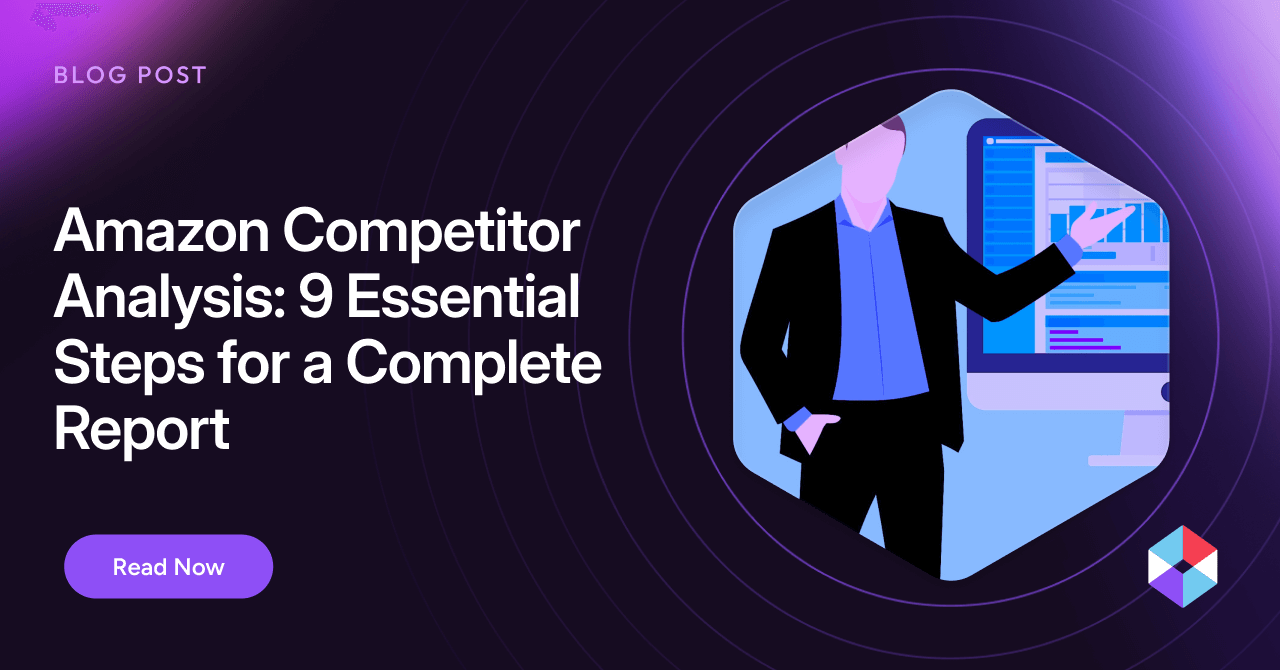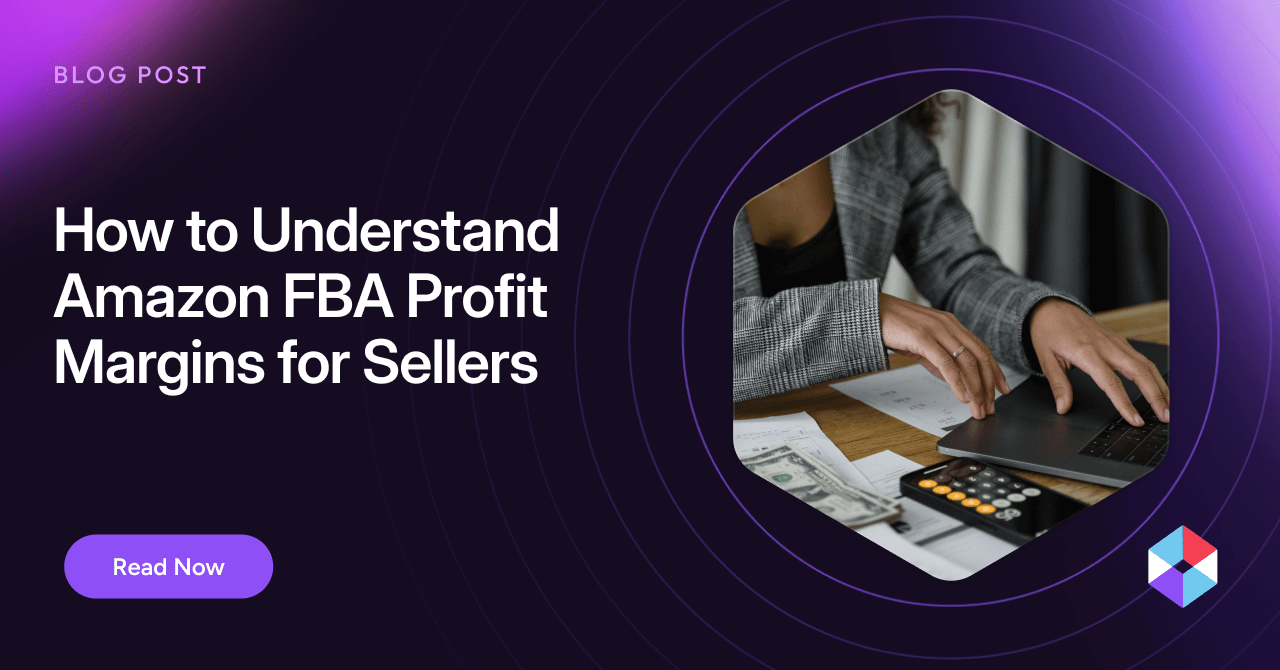Most holidays only come around once per year, but Prime Day happens whenever Amazon says it happens. For only the second time in history, Amazon is declaring Prime Day in October. This is a second chance for Amazon sellers to boost their sales by offering great deals to Prime subscribers.
Prime Days are a big deal. There are over 200 million Amazon Prime subscribers, and nearly two-thirds of them plan to shop on Prime Day. July 2023’s Prime Day was the biggest in Amazon’s history, with more than 375 million items sold, and it was also a huge win for third-party sellers, who collectively outsold Amazon’s own retail operation.
The Fall 2023 Prime Days—which Amazon calls Prime Big Deal Days— is just around the corner, but it’s not too late to capitalize on it. In this post, we’ll give you nine great tips to prepare for this event and take advantage of the increased traffic and consumer interest that Prime Day generates.
What is Prime Big Deal Days 2023, and when is it?
Prime Big Deal Days is a two-day event that offers Amazon Prime subscribers another chance at Prime Day savings before the 2023 holiday shopping season.
Beginning at 3 AM EDT on October 10 and lasting for 48 hours through October 11, this Prime Days event promises great deals on a wide variety of brands and product categories from Amazon and third-party sellers, with new deals dropping every five minutes.
While the final deadline to sign up as a featured seller has already passed, you can still benefit by offering discounts and promoting your store to the millions of Prime subscribers who will be searching high and low for significant savings on quality products during the event days.
Amazon’s Prime Day Evolution: Insights for Sellers in 2023
Understanding the dynamics of Prime Days is essential for Amazon sellers aiming to maximize their profits and reach. An analysis of the 2023 trends provides vital clues to shape your selling strategies.
Prime Day 1 (Summer) vs Prime Day 2 (Fall)
The numbers are clear: Prime Day 1 (P1) has a considerable edge over Prime Day 2 (P2), overshadowing it by a significant 50% in terms of deals and discounts. Even though P1 in 2023 saw a 12% decline from its 2022 performance, it remains the heavyweight, indicating a strategic shift towards emphasizing the first day. For sellers, this means P1 should be the annual focal point for launching the most attractive deals and dedicating substantial advertising resources.
However, it’s essential not to write off Prime Day 2. While P1 might steal the limelight, P2 still offers a significant platform with less competition due to fewer deals, giving sellers a golden chance to differentiate themselves. Consider it a second act where, if leveraged correctly, there’s room for attention and engagement from consumers who might have missed out on P1 or are looking for additional deals. With preparation and strategic planning for Prime Big Deal Days 2023, sellers can effectively capture and retain the attention of Amazon’s massive user base and ensure success across both days.
Strategic Discounting
The 2023 trends reveal a distinct difference in discounting patterns between the two days. With P1 boasting an average discount of 12.5% versus P2’s 8.2%, there’s a 35% dip in savings on the latter. However, with a 38% decline in the volume of discounted products on P2, sellers have an opportunity. Maintaining consistent discounts across categories and brands on both days can help stand out on P2, potentially capturing a larger share of a less crowded marketplace.
Electronics and Timing Considerations
The data underscores a crucial point for sellers in the electronics category: Black Friday weekend may be your gold mine. A staggering 300% increase in discounted electronics products during Black Friday, compared to Prime Day 2, highlights the importance of diversifying selling strategies beyond Prime Days. Sellers should prepare to stock up and offer competitive deals during Black Friday to capture this surge.
For sellers to capitalize on these trends, they must remain adaptable and data-driven, adjusting their strategies according to emerging patterns.
9 Tips to Get Ready for Prime Big Deal Days 2023
Here are nine actionable tips to prepare your Amazon Store for the swarm of shoppers flocking to Prime Big Deal Days.
1. Create a Prime Page in Your Amazon Store
Prepare your Amazon Store for the Prime Big Deal Days by creating a product subcategory dedicated to all of the deals you’re offering to Prime Day shoppers. Make this subcategory page your landing page for all your Prime Day ads and social media posts. When Prime customers click on them, they’ll immediately see the special deals you’ve got for them, increasing your chances of making a sale.
2. Leverage Data and AI to Optimize Your Amazon Store
Not sure what products to discount? Smart tools that identify purchasing trends and gather competitive intelligence can help you determine what consumers will likely be searching for.
Noogata’s AI-powered platform provides invaluable insights in this arena. Beyond just showing which keywords customers are fixating on and how competitors adjust their advertising, pricing, and product listings, it also uncovers intriguing strategies.
For instance, while the most common practice during Prime Day is discounting products, Noogata’s AI has discovered that in past Prime Days, as many as 13% of the top 10,000 Amazon products went against the grain by increasing their prices to generate more revenues during the event. This unconventional approach might be something to consider when formulating your pricing strategy.
With insights gleaned by collecting and analyzing such data, you can optimize your Prime subcategory page with the products buyers want at the price points they hope to find, creating an unbeatable digital shelf.
3. Optimize Your Store Listings
On Prime Days, your product pages will be seen by more eyeballs than ever—so they’ve got to be as good as they can possibly be. Ensure your titles, descriptions, and bullet points are written for maximum clarity and impact, and include the most relevant keywords. Product images and videos should be high-quality and engaging. If you’re eligible, use Amazon’s enhanced A+ Content options.
Here again, the right tools can make a difference in creating product listings that drive conversions. By analyzing high-performing (and underperforming) keywords and benchmarking your listings against your top competitors, solutions like Noogata can empower you to make the best data-driven decisions about optimizing. If you have a vast number of listings, the Perfect Content feature can help you optimize them quickly at scale.
4. Update Your Marketing
If you’re going to take part in the Prime Big Deal Days 2023, make sure everybody knows about it! In the lead-up to the event, your marketing materials should mention it, or even focus entirely on the great deals you will be offering.
The Prime Fall Deal Event is an excellent reason to ramp up your marketing efforts on your usual channels, social media, Amazon itself (through PPC ads), and anywhere else you might find Prime subscribers interested in your brand. It’s also a good time to leverage the reach of influencer marketing, especially by making connections with participants in the Amazon Influencer Program.
5. Optimize Your Amazon PPC
As important as it is to cast a wide net with your marketing, plenty of Prime shoppers will ignore Google ads and social media posts and focus their attention on Amazon itself. It’s essential to up your Amazon PPC game if you want to outmaneuver your competitors and bring in as many clicks as possible.
To get the most bang for your PPC buck, the first thing to do is look at what the performance data tells you and eliminate keywords with a low click-through rate. There are two ways you can identify keywords with high potential: using deep analytics and the Ad Booster tool from Noogata, and running manual and automatic campaigns simultaneously. The automatic campaign will find relevant keywords to plug into a new, lower-cost manual campaign.
Remember to focus on Prime-eligible products for the PPC ads you’re running before the event, and don’t be afraid to increase your advertising budget. There isn’t much time left to experiment or engage in A/B testing before October 10, but you can use the insights from this Prime Day ad spend to inform future campaigns.
6. Offer Buyers Different Ways to Save
Even though the deadlines for Lightning Deals and other discounts tied to the Prime Fall Deal Event have come and gone, you can still participate by offering savings and special offers to Prime customers across your store. Prime Exclusive Discounts can be offered anytime for Prime-eligible products fulfilled by Amazon (FBA). You can also set up Buy-One-Get-One deals or create special promo codes to include in your marketing campaigns. All of these features can be found in Seller Central.
7. Ensure Your Store Has Enough Stock
The last thing you want is to run out of in-demand products when demand is peaking. Check-in with your suppliers to ensure you have enough inventory for the Prime Fall Deal Event, and verify that you won’t exceed your FBA limits. If you don’t think you’ll have the time or capacity to meet your expected sales through FBA, add fulfilled-by-merchant (FBM) shopping options to your product listings. This should ensure that even if you sell through your FBA capacity, your FBM option will still appear in the Buy Box.
8. Prep Customer Service
The traffic surge that increases sales and profits also brings inquiries and customer service issues. Make sure your staff has the capacity to handle an increase in the volume of calls and emails. Prompt and informative replies to pre-purchase questions will help you close sales, and you can preserve customer loyalty and maintain a good brand reputation by speedily addressing complaints and product returns that occur after the sale has gone through.
9. Prime Your Store for Feedback and Reviews
Before your Prime Day orders start shipping, make sure that in addition to preparing your customer service team, your quality control is on point, your product descriptions are accurate, and your documentation and online resources are up-to-date. Some of those new customers will be leaving reviews, and you want to make sure they’re having as positive an experience as you can provide.
Before the day arrives, you can also address any negative reviews you currently have and ask your loyal and satisfied customers to write new reviews. Just make sure you follow Amazon’s rules about how such requests can be made.
Get Ready for Prime Time with Noogata
Two Prime Day events per year means you’ve got double the opportunity to win over discerning shoppers who love finding a bargain on great products. Even if you missed the window to sign up for the official Prime Big Deal Days sales, there’s much you can still do to get in on the action.
Competition is sure to be fierce on any Prime Day, and the best way to outperform the other sellers is to use Noogata’s competitive intelligence features and Amazon AI Assistant to spot trends, uncover actionable insights, and identify the search terms that will deliver the highest ROI.
Schedule a demo today to see how Noogata can maximize your Amazon store’s potential on Prime Days—and every day.
